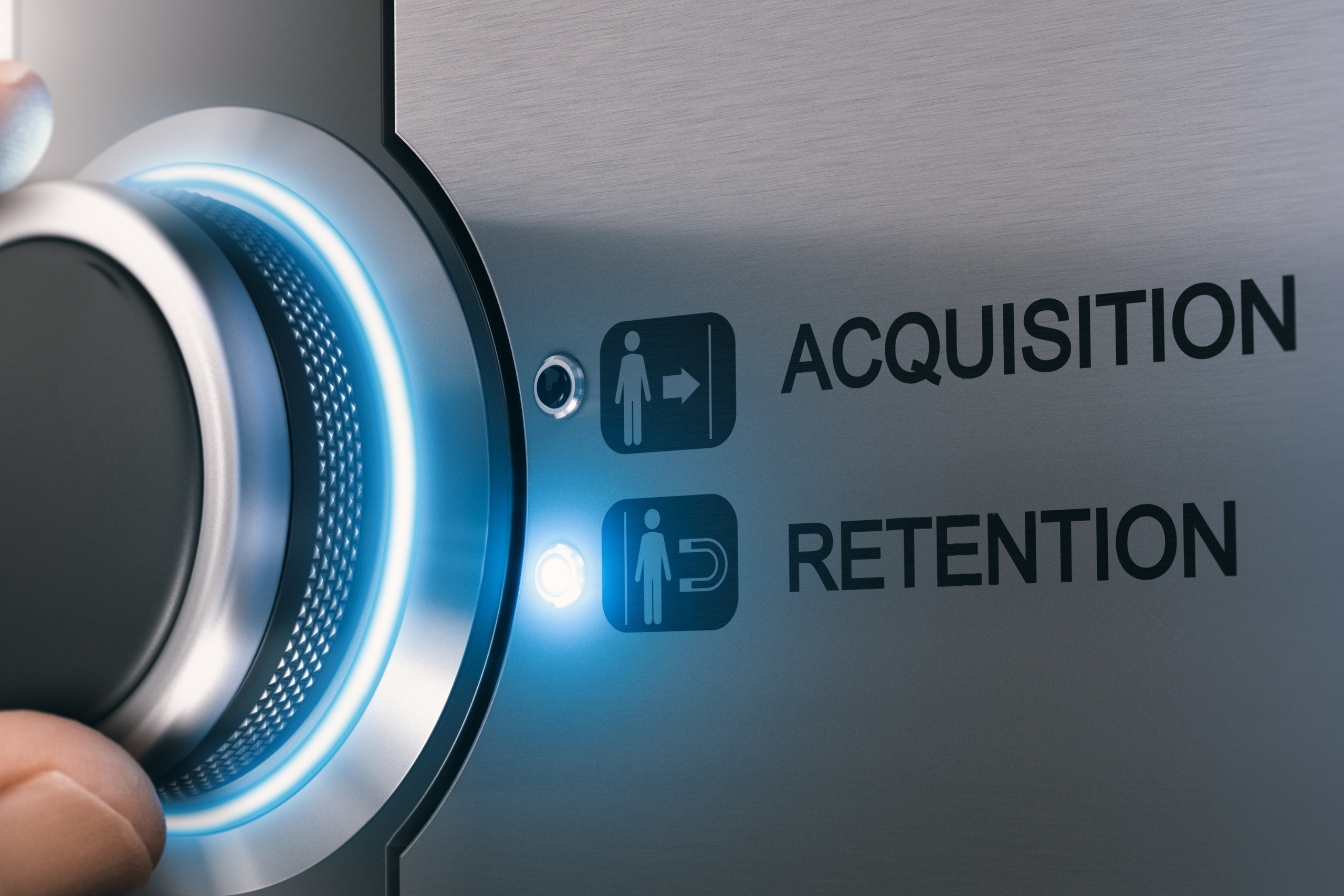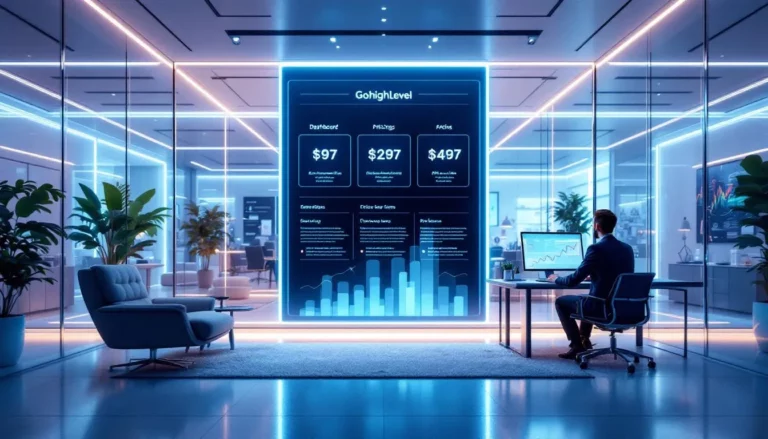Introduction
Every business knows that getting new clients is fun, but keeping them for a long time is what makes them money. Retention doesn’t just keep money coming in; it also sets the stage for long-term growth. Clients who stick with you spend more, tell their friends about you, and give you security that lets companies plan ahead with trust.
Still, a lot of companies still have trouble with change. Clients don’t always leave because the work isn’t good, but because of bad communication, slow follow-ups, or a lack of clear value. Smarter tools, not more work by hand, are the answer. CRM client retention automation is useful in situations like these. Agencies can give clients a better experience, build trust, and ensure long-lasting relationships by creating processes that automate key exchanges with clients.
Why Retention Matters More Than Acquisition
It’s easy for companies to spend all of their time and energy looking for new clients. In the end, it looks like purchase is directly linked to growth. But studies show over and over that keeping clients is much cheaper than getting new ones. A client who has been kept not only keeps paying for services, but they often also buy other things over time.
Think about how much work it takes to get a new client: marketing campaigns, finding calls, offers, and agreements. Now compare that to keeping a client you already have, where you already have a relationship with them. A simple message or report sent at the right time can make the difference between losing an account and keeping it.
Businesses can keep customers longer if they use automatic tools in a CRM. Instead of relying on staff to remember all the links, automation makes sure that everything stays stable. This level of regularity is what shows that you can be trusted.

Common Retention Challenges Agencies Face
It’s important to understand why clients leave in the first place before looking at how software can help with retention.
Bad communication is a big part of the problem. Most of the time, agencies do a good job at the start of a deal, but as the work piles up, they lose touch with the client. When someone doesn’t talk to them or tells them something, they start to doubt the value of the friendship.
Trouble with follow-up doesn’t always show up in the same way. Things might not get updated as often as they should if they are not organized. Clients want to know that things are going well, and when they don’t get that confirmation, worry starts to set in.
Lastly, companies don’t always do a good job of showing off results. If efforts are good but the client isn’t shown the results clearly, they might not value the service as much as they should. Not only do you have to achieve results, you also have to make those results clear.
How Automation Enhances Retention
All of these problems can be solved by automation. Agencies can set up processes that instantly send messages, notes, and changes with a CRM system. This makes sure that clients always get care, no matter how busy the team is.
When a client signs up, for example, an introduction process can send a welcome email, set up a call, and give them tools all by themselves. That’s how you should act in a business situation right away.
Automatic changes can be added to programs that are already running. The client could get a quick message when a lead is turned into a customer, which would show them how valuable the service is. The same is true for regular reports, which can be sent automatically at set times.
Not only is it more efficient, but it’s also more reliable. Clients know they will be contacted quickly, which makes them more likely to trust the service in the long run.
The Role of Personalized Workflows
One worry that agencies have about technology is that it can feel distant. But current CRM systems make it possible to make processes very specific to each user. Agencies can send messages that feel current and custom by dividing clients into groups based on services, goals, or levels of involvement.
For instance, if a client just started a new campaign, the process could send them a follow-up email thanking them and giving them early information on how the campaign is doing. Another client with a longer-term deal might get training material on a regular basis to help them see the value that lasts.
With personalization, automation goes from being a one-size-fits-all tool to a way to build relationships. It makes sure that clients feel like they are known as people, not just numbers in a system.
Turning Data into Retention Strategies
One great thing about CRM systems is that they let you gather and look at data. This info can then be used by automation to help people remember it better.
If the system sees that a client hasn’t looked at recent reports, for example, it can send an email to the account manager telling them to get in touch. If a client’s contract is about to end, the system can remind them to renew and show off what they’ve been up to over the past few months.
This aggressive approach keeps clients from quietly leaving. Instead, the service stays ahead of problems before they become reasons to leave
With technology that is based on data, you can also upsell. Businesses can tell when to offer more services by watching how customers behave. When done right, upsells not only bring in more money, but they also show that the company cares about the client’s success.
Building Loyalty Through Transparency
Customer trust is a great way to keep them coming back. People stay longer, spend more, and tell others about a service they trust. Having things that are easy to understand helps build trust.
Things like client websites can be changed right away with CRM systems. Clients can join in at any time, not just at monthly meetings, to see data, reports, and progress. Because it is open, they feel like they are a part of the process and are sure of the worth being offered.
These updates are correct and done on time because of technology. Agencies may be trusted as partners if they make fewer errors and take less time to get things done. Over time, this establishes trust that is hard for rivals to erode.
Examples of Retention Workflows in Action
Many different kinds of businesses are already adopting automation to change how they maintain customers. A digital marketing company may build up a means to deliver weekly updates on their success, including the most significant things they’ve done well and suggestions for what they should do next. Clients enjoy how straightforward it is and join in.
Another example is a design business that asks for feedback after each project milestone. This way, you can keep your consumers informed, make sure they’re pleased, and solve problems right away.
An SEO company may build up monthly reports for you that explain how to evaluate the data and provide you advice. By delivering reports and guidance, they make it seem like they are more than simply service providers; they make it seem like they are experts.
This shows that automation not only speeds things up and makes them simpler, but it also helps you connect with customers better and for longer.
Why CRM Is the Key to Retention Success
Automation works well on its own, but when you add a CRM, everything changes. A CRM keeps all of your client data in one place, including your relationships, exchanges, marketing records, and hobbies. This centralization makes sure that technology works exactly the way it should.
Without a CRM, automation might be too broad. CRM client retention software, on the other hand, builds its processes on how clients act now and how they have behaved in the past. Every email, update, and note is sent at the right time and is important, so the system doesn’t feel like it’s just a machine.
CRM and technology work together so well that top firms stand out. They are automating not only tasks but also relationships in a way that makes them better and more loyal.
The Long-Term Value of Retention Automation
Automation in retention does a lot more than just save time. The business grows even faster because of it. The business is more stable when it keeps every client. With each deal, sales go up without having to pay more to get them. It doesn’t cost much for each idea to bring in new clients.
This compounding effect changes the agency’s growth plan over time. The firm doesn’t waste time and money looking for new leads to replace clients who leave. Instead, it builds its business on a base of loyal, happy customers. This security lets the business grow strategically, hire more staff, and try out new services without having to worry about acquisition all the time.
With technology, retention is more than just keeping things from being lost. It’s about setting up a method so that every client connection helps the business grow.

Conclusion
One of the most important things for an agency’s success is keeping clients, but getting new ones is often given more attention. The truth is that having clients is more important for long-term growth than constantly looking for new ones.
Agencies can change how they handle relationships by implementing CRM client retention automation. Consistent contact, unique experiences, and clear feedback are all made possible by automated processes. Customers feel valuable, involved, and safe, which keeps them coming back and keeps them loyal.
Not only do the ties get better, but the business also makes more money and grows over time. Automation is no longer a choice for companies that want to grow; it’s a must. Keeping customers is no longer a problem when you have the right CRM processes in place. This sets you up for long-term success.






